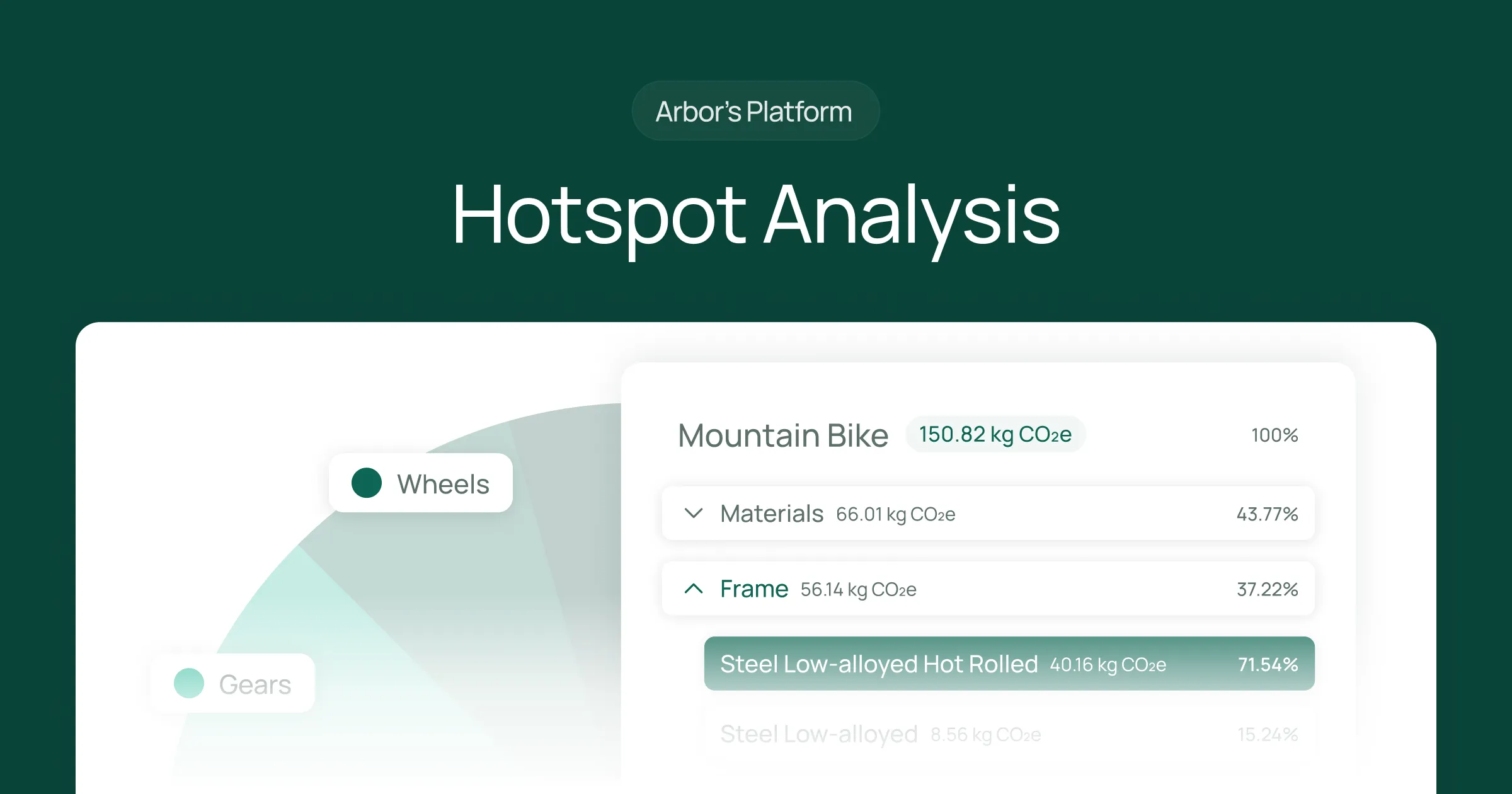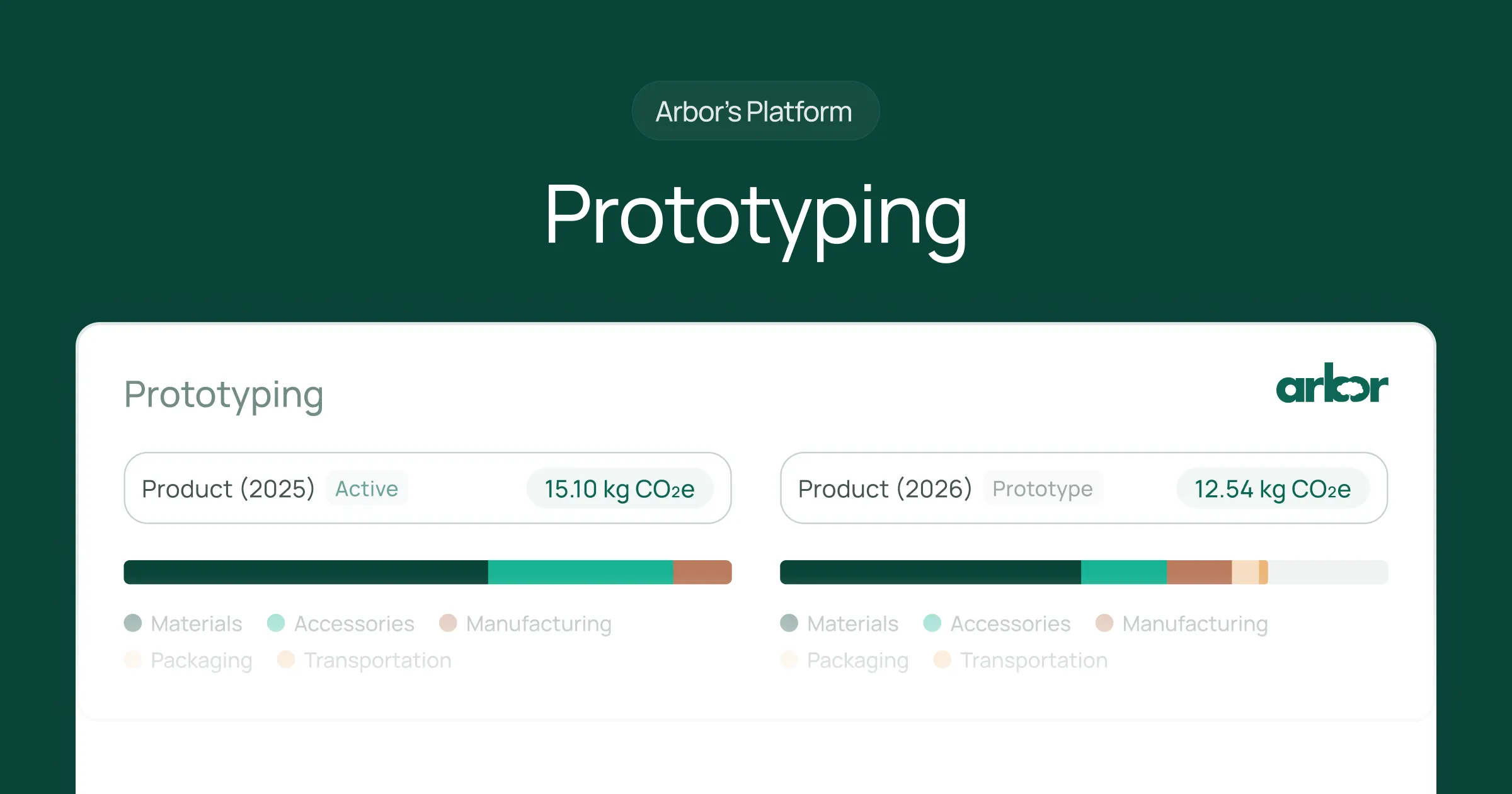In a world increasingly concerned about climate change, transparency regarding the environmental impacts of products has become paramount. As consumers grow more eco-conscious and regulatory bodies intensify scrutiny, the accuracy of environmental claims is under the spotlight. However, there needs to be more clarity in the market due to terms like Life Cycle Assessment (LCA) being misused by companies providing oversimplified environmental assessments. This blog aims to demystify Environmental Product Declarations (EPD), Product Carbon Footprints (PCF), and Life Cycle Assessments (LCA), highlighting why understanding these distinctions matters and guiding consumers toward identifying genuine environmental claims.
Environmental Product Declaration (EPD)
What is an Environmental Product Declaration?
An Environmental Product Declaration (EPD) is a comprehensive, internationally recognized document that provides quantifiable environmental data of a product based on a consistent set of rules known as Product Category Rules (PCRs). Developed following international standards such as ISO 14025, EPDs communicate the environmental performance of a product in a standardized and credible manner. They encompass various environmental impacts, including carbon emissions, water usage, and pollution, enabling organizations to convey the environmental attributes of their products transparently and objectively.
How does an EPD work?
Creating an EPD involves several critical steps, from collecting raw materials to consuming resources and waste data for the product. This data collection phase is guided by choice of program operator and Product Category Rule (PCR), determining the specific life-cycle stages and impact categories to be assessed. A life-cycle assessment (LCA) conforming to the PCR is conducted after data collection. A background report, or LCA report, details the methodology, assumptions, and standards adhered to during the assessment, supporting third-party verification.
Third-party verification is essential for the EPD's credibility, ensuring that it meets the requirements of relevant PCRs and international standards like ISO 14025, ISO 21930, and ISO 14044. Once verified, the program operator publishes the EPD, making the product's environmental performance publicly accessible. This verification process underscores the reliability of the EPD, differentiating it from labels lacking third-party endorsement and reinforcing its value in green building rating systems, public procurement, and regulatory compliance. Currently, the creation process for an EPD usually takes more than 6 months to complete as an industry average.
Through EPDs, manufacturers can offer a transparent account of their product's environmental impact, from cradle to grave, facilitating informed decision-making among buyers and specifiers. This level of transparency is increasingly demanded in the market, driven by green building rating systems, public procurement policies, and regulations requiring detailed environmental disclosures. As such, EPDs help manufacturers stand out in a competitive market and contribute to the broader goal of sustainable development by optimizing product impacts and supporting environmental marketing claims.
For detailed guidance on creating an EPD and understanding its benefits for your business, consider Arbor, where we offer tools and services to streamline the EPD development process.
Product Carbon Footprint (PCF)
What is a Product Carbon Footprint?
A Product Carbon Footprint (PCF) sums up the total greenhouse gas emissions associated with a product throughout its lifecycle, from the extraction of raw materials to its manufacturing, use, and disposal phases. This comprehensive measure is expressed in CO2 equivalents (CO2e), providing a clear picture of a product's environmental impact. Similarly, a Carbon Footprint of a Product (CFP) is essentially the same as a Product Carbon Footprint (PCF), differing only in naming conventions.
How does a PCF work?
The process of calculating a PCF involves several steps, starting with defining the specific questions or goals the PCF aims to address. This clarity ensures the assessment is tailored to meet specific needs without succumbing to greenwashing. The system boundary of the PCF, either cradle-to-grave or cradle-to-gate, determines the extent of the life cycle stages considered in the analysis.
1. Defining the question
This initial step involves identifying the purpose of the PCF calculation, ranging from understanding a product's general carbon footprint to comparing it against alternatives or identifying supply chain hotspots.
2. Setting the system boundary
It is crucial to decide whether the PCF will cover the product's entire lifecycle (cradle-to-grave) or just up to the point it leaves the factory (cradle-to-gate). This decision influences which emissions are accounted for in the calculation.
3. Collecting data
Gathering production process information and emissions data is key to calculating the PCF. This data can be primary, directly controlled and known by the company, or secondary, such as average emissions factors or modelling information.
4. Calculating the emissions
The PCF is calculated by multiplying the activity data by corresponding emissions factors for each stage within the system boundary. This inventory then forms the basis for identifying strategies to reduce emissions and improve sustainability.
PCFs are instrumental in reporting emissions, identifying carbon hotspots within the product's lifecycle, and implementing decarbonization strategies. They enable manufacturers and traders to make informed decisions to align with global climate goals, offering a path toward reducing emissions in high-impact areas.
The industry average to complete a PCF typically takes 2-3 months. However, you can complete a PCF with Arbor in minutes, not months. With Arbor’s industry-leading accuracy, we can help pinpoint the areas of emissions from your product with our built-in hotspot analysis.
Understanding and accurately calculating the PCF of products is increasingly vital in today's eco-conscious market. It allows companies to provide transparent information to customers, comply with regulatory requirements, and actively participate in the transition towards a net-zero economy. Companies can ensure that their PCFs are robust, comparable, and useful in driving environmental improvements by following standardized methodologies, such as those outlined in ISO 14040, ISO 14044, and the Greenhouse Gas Protocol.
Life Cycle Assessment (LCA)
What is a Life Cycle Assessment?
A Life Cycle Assessment (LCA) is a comprehensive method for evaluating the environmental impacts of a product, service, or process throughout its entire life cycle. This assessment covers all stages, from the extraction of raw materials (production) through manufacturing, distribution, usage, and end-of-life phases, including disposal or recycling. The LCA considers both the direct impacts associated with these stages and the indirect impacts, such as those from upstream (suppliers) and downstream (waste management) processes. An LCA provides a holistic view of environmental impacts by examining environmental inputs (like water and land use) and outputs (emissions into air, water, and soil).
How does an LCA work?
The process of conducting an LCA is defined by international standards (ISO 14040 and 14044), which outline a four-phase approach:
1. Goal & Scope Definition
This initial phase clearly defines the LCA's purpose, including the product or service to be assessed, the basis for comparison (functional unit), and the level of detail required. The scope includes setting objectives, application, audience, and whether a critical review is needed.
2. Inventory Analysis (LCI)
In the LCI phase, data compilation and inventory analysis of environmental extractions and releases occur. This stage results in a detailed list of all inputs and outputs related to the product or service's life cycle.
3. Impact Assessment (LCIA)
Here, resource use and emissions are classified according to their potential environmental impacts. These are quantified for a selected number of impact categories, which may then be assessed in terms of their relative importance. This phase translates inventory data into meaningful information regarding environmental impacts.
4. Interpretation
The final phase discusses the LCA results, focusing on contributions, relevance, robustness, data quality, and limitations. This step is crucial for systematically evaluating opportunities to reduce adverse environmental effects and avoiding burden shifting between impact categories or life cycle phases. The interpretation phase ensures that the LCA's findings are used effectively to make informed decisions.
An LCA thoroughly examines environmental impacts across a product's or service's entire life cycle. The process is structured around internationally recognized standards to ensure consistency and credibility. By covering a wide range of environmental impacts and considering both direct and indirect effects, LCAs offer invaluable insights for improving sustainability.
Looking to conduct an LCA? Arbor can help
- Expert Guidance: Benefit from our experts specializing in Life Cycle Assessments across various industries. Our thorough approach ensures your product’s environmental impact is evaluated using industry-specific guidelines, ensuring accuracy and compliance with international standards.
- Software: Leverage Arbor’s Carbon Management platform; the most accurate LCA software in the world. We utilize cutting-edge technology to deliver precise, reliable carbon data, helping you make informed decisions.
- Industry Benchmarking: Gain insights into how your products compare to industry standards and competitors, identifying key areas for improvement and carbon reductions.
- Regulatory Compliance: Navigate the complex landscape of environmental regulations with our expertise. We ensure your LCA’s methodology is compliant with regulations.
Differences between an EPD, a PCF & an LCA
As we navigate through the intricacies of Environmental Product Declarations (EPD), Product Carbon Footprints (PCF), and Life Cycle Assessments (LCA), it's evident that each plays a pivotal role in our journey toward sustainable development. The burgeoning concern for climate change has underscored the necessity for transparent and accurate environmental claims. Amidst a landscape where consumers are increasingly eco-conscious, the distinction between these tools becomes paramount for companies striving to showcase their commitment to environmental stewardship.
EPDs stand out as product-specific documents that provide a quantifiable look into the environmental performance of a product. Governed by international standards and Product Category Rules (PCRs), EPDs cover a spectrum of environmental impacts, from carbon emissions to water usage. These documents serve as a beacon of credibility, enabling organizations to transparently communicate their products' environmental attributes in a standardized manner.
PCFs, on the other hand, focus specifically on measuring the total greenhouse gas emissions associated with a product throughout its lifecycle, expressed in CO2 equivalents. The calculation of a PCF is a meticulous process that involves defining the assessment's scope, collecting relevant data, and ultimately calculating the emissions. This tool is instrumental in pinpointing carbon hotspots and formulating strategies for emissions reduction, thereby contributing to a product's sustainability narrative.
LCAs provide the most comprehensive view of environmental impacts, encompassing every stage of a product's life cycle. Through a structured process defined by ISO standards, LCAs assess various environmental impacts, offering a "cradle-to-grave" perspective. The goal and scope definition, inventory analysis, impact assessment, and interpretation phases collectively ensure that LCAs truly understand a product's environmental footprint.
Summary
In an era where environmental sustainability is not just a goal but a necessity, distinguishing between Environmental Product Declarations (EPD), Product Carbon Footprints (PCF), and Life Cycle Assessments (LCA) is crucial. At Arbor, we're redefining the timeline for environmental assessments setting new industry standards for efficiency. Our capability to deliver PCFs in as little as 2-3 weeks and LCAs in just 2-3 months positions us at the forefront of sustainability solutions, offering a significant advantage for companies aiming to align quickly with environmental standards and market demands.
EPDs provide a standardized and credible way to communicate a product's environmental performance across its lifecycle. PCFs focus on quantifying the greenhouse gas emissions of a product, offering valuable insights for carbon reduction strategies. Meanwhile, LCAs deliver a thorough "cradle-to-grave" analysis of environmental impacts, guiding comprehensive environmental impact reduction efforts.
As the demand for environmental transparency and accuracy in sustainability claims grows, it's essential to approach these assessments with a thorough understanding and strategic framework. This is where Arbor steps in. Specializing in PCFs and LCAs, Arbor offers tools and expertise to streamline the development and implementation of these assessments. Our platform simplifies the process, making it easier for companies to comply with environmental regulations and lead in sustainability.
Whether you're looking to calculate a PCF to identify and reduce emissions or conduct an LCA for comprehensive environmental impact analysis, Arbor's team is here to support you. Our solutions are designed to help businesses like yours navigate the complexities of sustainability reporting and strategy development effectively.
Talk to our team today to learn more about how Arbor can assist you with your PCF and LCA needs.
Measure your carbon emissions with Arbor
Simple, easy carbon accounting.




.webp)
%20Directive.webp)


.webp)











%20Arbor.avif)





%20Arbor.avif)


.avif)






%20Arbor%20Canada.avif)

.avif)
%20Arbor.avif)
.avif)






_.avif)
.avif)
%20Arbor.avif)




%20Software%20and%20Tools.avif)





.avif)
.avif)




%20EU%20Regulation.avif)












.avif)


%20Arbor.avif)









_%20_%20Carbon%20101.avif)






.avif)

.avif)
.avif)









